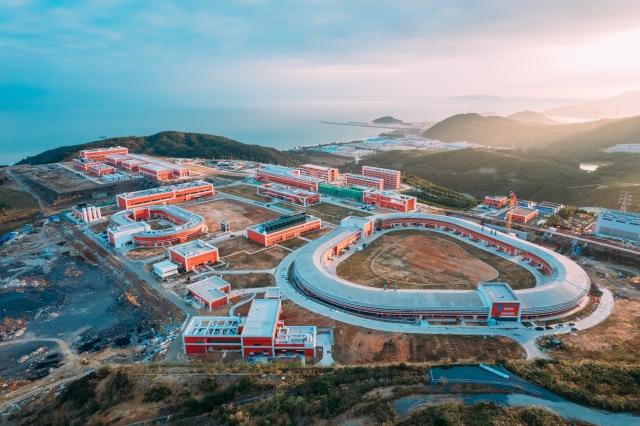On October 28, the High-Intensity Heavy-Ion Accelerator Facility (HIAF), a major national science and technology infrastructure project located in Huizhou, achieved successful debugging and full beam integration, marking the comprehensive completion of the facility.

The aerial view of the two major national science facilities in Huizhou.
The HIAF, along with another major national science facility—the China Initiative Accelerator Driven System (CiADS)—was officially designated for construction in Huizhou in 2014, with groundbreaking commencing in 2018. As a versatile heavy-ion research installation, the HIAF has the potential to drive significant breakthroughs in fundamental physics research, including elemental synthesis, the origins of the universe, and the evolution of matter. Currently, it stands as the world's largest and most advanced all-ion accelerator.
After seven years of construction, the HIAF entered full-scale debugging on October 27, laying a solid foundation for its high-reliability operation and experimental beam supply. In the near future, the facility will undergo comprehensive beam performance testing, with the first scientific experiments and project acceptance expected by the end of this year. Upon full operation, the HIAF aims to establish itself as a globally influential heavy-ion science research center.
Reporter | Liu Guangmingbao
Photo | Wang Changhui
Editor | Liu Lingzhi, James Campion, Shen He
















